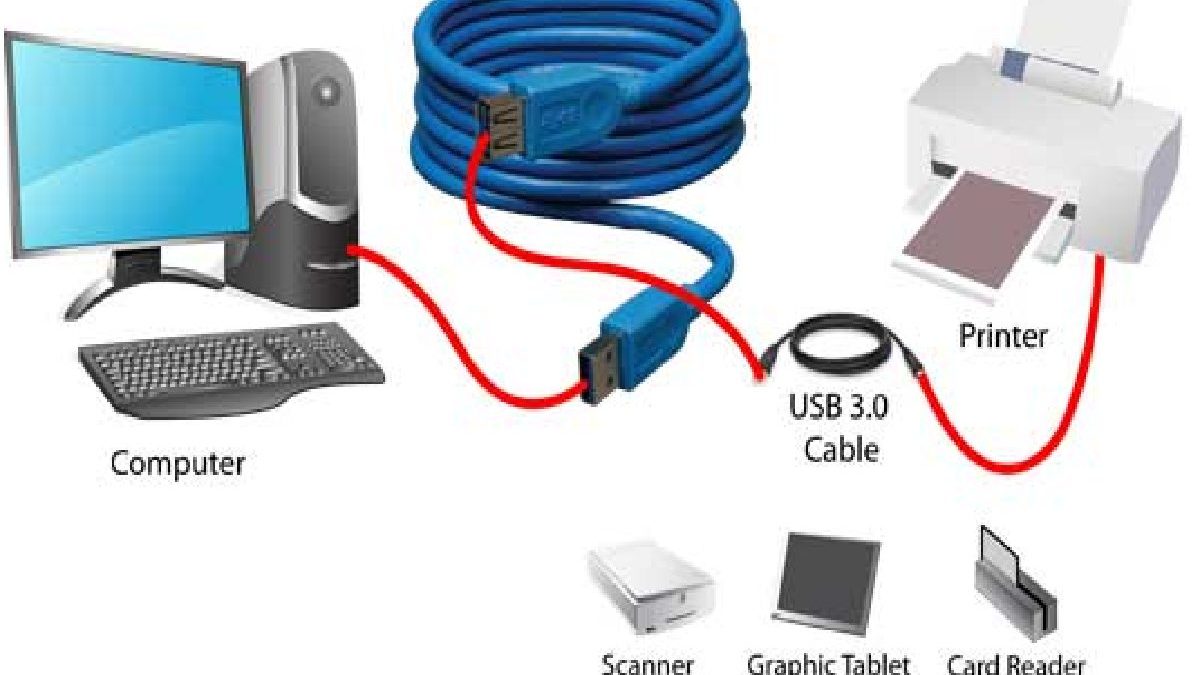Table of Contents
Introduction of Communication Protocol
A Communication Protocol is a structure of rules that allows two or more entities in a communication system to transmit information through any variation in a physical quantity. Besides, the protocol defines the rules, syntax, semantics, communication timing, and possible error recovery methods.
In addition, It is a set of rules and language codes that define how communication occurs between a sender and a recipient.
Communication Protocol – Rules
In computer networks and telecommunications, a communication protocol specifies several rules for a particular type of communication.
Initially, we call a protocol to communicate in the same abstraction layer between two different machines. By extension of language, this word is sometimes also used today to designate communication rules between two layers on the same machine.
So, the most widely used communication protocols are network protocols.
Concept
Communicating consists of transmitting information, but as long as the interlocutors have not made sense of it, it is only data and not news. Therefore, the interlocutors must speak a common language and master the minimum rules for sending and receiving data.
Communication Protocols and Models
Network protocols can be modeled and categorized according to various criteria. This first chapter will find the fundamentals of communication models and their protocols: definition, categorization, roles, stratification, encapsulation, and de-encapsulation. And also, OSI and TCP / IP models, LAN, WAN, derived wireless technologies, and design models are part of models.
Communication protocols are formal descriptions of rules and formats of digital messages. They are necessary to exchange notes on or between computer systems. Communication protocols are essential in telecommunications and other methods because they create consistency and universality for sending and receiving messages.
Besides, Communication protocols cover up authentication, error detection and correction, and signaling. They also describe the syntax, semantics, and timing of analog and digital communications.
Further, Communication protocols implement in hardware and software. There are thousands of communication protocols in analog and digital communications. So, Computer networks cannot exist without them.
Before a successful transmission occurs, the communication devices on the network must agree on many physical aspects of the data to exchange. So, the rules that define data transmissions are called “protocols.”
Properties of Communication Protocol
There are many properties of a stream that a protocol can define. For example, properties handled with protocols can include:
- Package size
- Transmission speed
- Types of bug fixes
- Contact and synchronization techniques
- Address mapping
- Recognition process
- Flow control
- Packet sequence checks
- Routing
- Address formatting
Popular protocols include File Transfer Protocol (FTP), TCP / IP, User Datagram Protocol (UDP), Hypertext Transfer Protocol (HTTP), Post Office Protocol (POP3), Message Access Protocol Internet (IMAP), Simple Mail Transfer Protocol (SMTP)).
The message consists of granular and discrete units between the sender and the receiver, where each data packet has its header, basic information, and routing path. Everything has to be synchronized and choreographed in detail, and communication protocols have such a powerful reach and an important role.
Conclusion
Furthermore, the communication protocols used to depend on the underlying technology itself. As technology advances, so do protocols. That is why you will see Internet protocols evolve into successive versions of themselves, and we are likely to see very different communication protocols in the evolving networks of tomorrow.
The Internet of Things promises to drive demand for new scalable communication protocols as increasingly large sets of devices connect to a global network.

